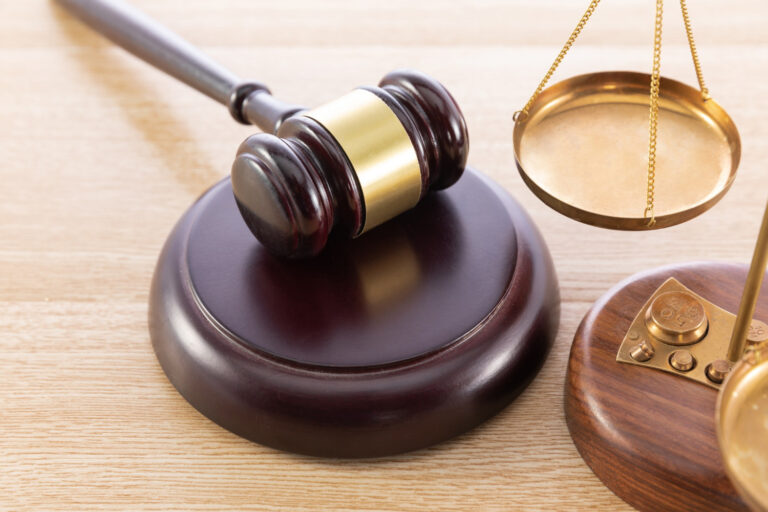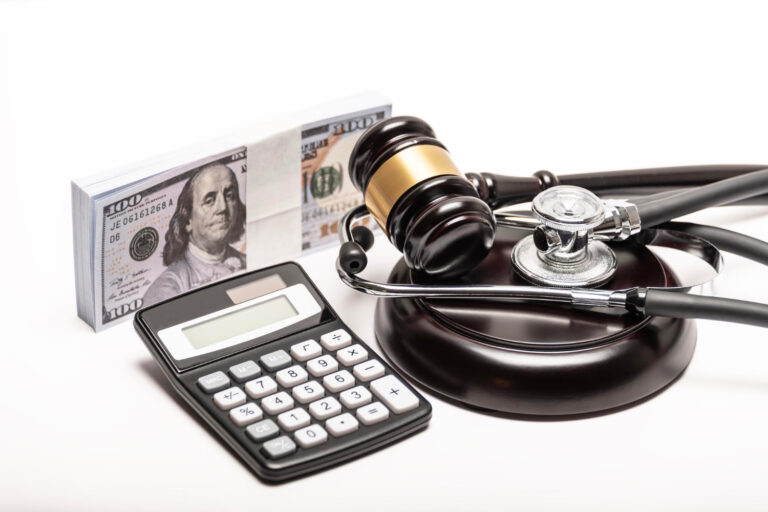Types of Negligence: A Comprehensive Overview
At LawOfficeOfBrianKelly, we understand that negligence can take many forms and affect anyone, not just in divorce cases, but in everyday life too. When someone fails to exercise the care that a reasonably prudent person would in a similar situation, various types of negligence can have serious repercussions. From medical malpractice to slip and fall accidents, each type has unique characteristics and legal implications that are crucial to understand. Let us guide you through the different types of negligence and help you recognize how they might impact your life and legal rights.
As demonstrated by Cornell Law School, the main types of negligence are gross negligence, comparative negligence, and contributory negligence. Gross negligence involves severe carelessness, comparative negligence allocates fault between parties, and contributory negligence means any fault can bar recovery.
Definition of Negligence
Negligence, a cornerstone of tort law, essentially holds individuals accountable for carelessly failing to prevent foreseeable harm.
At the base negligence happens when someone fails to act with proper care, causing harm to another person. There are four main parts to proving negligence: duty, breach of duty, causation, and damages.
1. Duty: The person being accused (defendant) must have had a responsibility to care for the person who got hurt (plaintiff). For example, a driver must drive safely, or a property owner must keep their place safe for visitors.
2. Breach of Duty: The defendant fails to meet their duty of care. This means they didn’t act in a way that a reasonable person would in the same situation.
3. Causation: By definition, the plaintiff needs to show that the defendant’s failure directly caused their injury. This means that the injury wouldn’t have happened if the defendant hadn’t breached their duty.
4. Damages: The plaintiff must prove they suffered some kind of harm or loss. This can include physical injuries, emotional pain, or financial costs. If they can prove this, they might get money to cover things like medical bills, lost wages, and pain and suffering.
To sum it up, negligence means someone didn’t act carefully, which caused someone else to get hurt, and now the injured person is suffering and has expenses because of it.
Different Types of Negligence
Negligence can be classified into various types, such as gross negligence, comparative negligence, and contributory negligence, each varying by legal standards and situational specifics.
In a basic sense, there are several types of negligence, each with different implications:
- Contributory Negligence: This is when the injured person partly caused their own injuries through their actions.
- Comparative Negligence: Similar to contributory negligence, but here, how much the injured person is at fault affects how much compensation they get.
- Gross Negligence: This involves extremely careless behavior that shows a complete disregard for the safety of others.
- Vicarious Negligence: This occurs when one person is held responsible for someone else’s actions, like an employer being liable for their employee’s mistakes.
- Medical Negligence (Malpractice): This happens when healthcare professionals do not provide the standard care expected, leading to patient harm.
- Professional Negligence: This applies to any profession where individuals are expected to have certain skills or expertise, and failing to meet these standards causes harm.
- Ordinary Negligence: This is the failure to act with the care that a reasonable person would use in a similar situation.
Understanding these types of negligence is important to know how to seek justice if you’ve been injured or suffered damages.
Examples of Negligence
A staggering 90% of accidents in hospitals are linked to medical negligence, highlighting the critical importance of duty of care.
It seems that, for example, a driver who is texting while driving isn’t paying attention to the road and puts others in danger. Another case is a doctor who doesn’t correctly diagnose a patient’s illness, causing harm. Businesses can also be negligent, like a restaurant that doesn’t properly maintain its space, leading to a slip and fall accident.
When it comes down to it in all these situations, someone isn’t being careful enough, which ends up hurting someone else. Negligence means not taking the steps needed to avoid causing harm to others, and it can happen in many different scenarios.
Consequences of Negligence
Negligence can result in life-altering injuries or costly legal battles.
Predominantly when someone is careless, they fail to take necessary steps to keep themselves or others safe. This can cause harm, injury, or even death. At work, carelessness can lead to lawsuits, fines, or a damaged reputation. In personal relationships, it can cause distrust or breakups.
To put it simply financially, being careless can mean paying for damages or higher insurance costs. Long-term effects might include ongoing health issues, emotional pain, or a bad reputation. It’s very important to understand that being careless is not just irresponsible; it can have serious and lasting negative impacts on people and communities.
How to Prove Negligence
To prove negligence, you need to demonstrate that a duty of care was owed, breached by unreasonable action, resulting in harm.
At the simplest level, to prove that someone was careless and caused your injuries or damages, you need to show evidence like witness statements, expert opinions, and documents. This evidence should clearly show that the person did not act as they should have in the situation.
Come to think of it, you also need to show that their actions directly caused your harm or losses. This can include things like medical bills, lost wages, or pain and suffering. By collecting and presenting this evidence, you can build a strong case to prove that they were negligent and should be held responsible for what happened.

My Final Perspective
In understanding the various types of negligence, it is clear that there are multiple ways in which individuals can be held accountable for their actions or lack thereof.
What LawOfficeOfBrianKelly is encouraging to check is, from contributory negligence to comparative negligence, it is very important to be aware of the different forms in order to prevent harm and protect oneself from potential legal liabilities.







